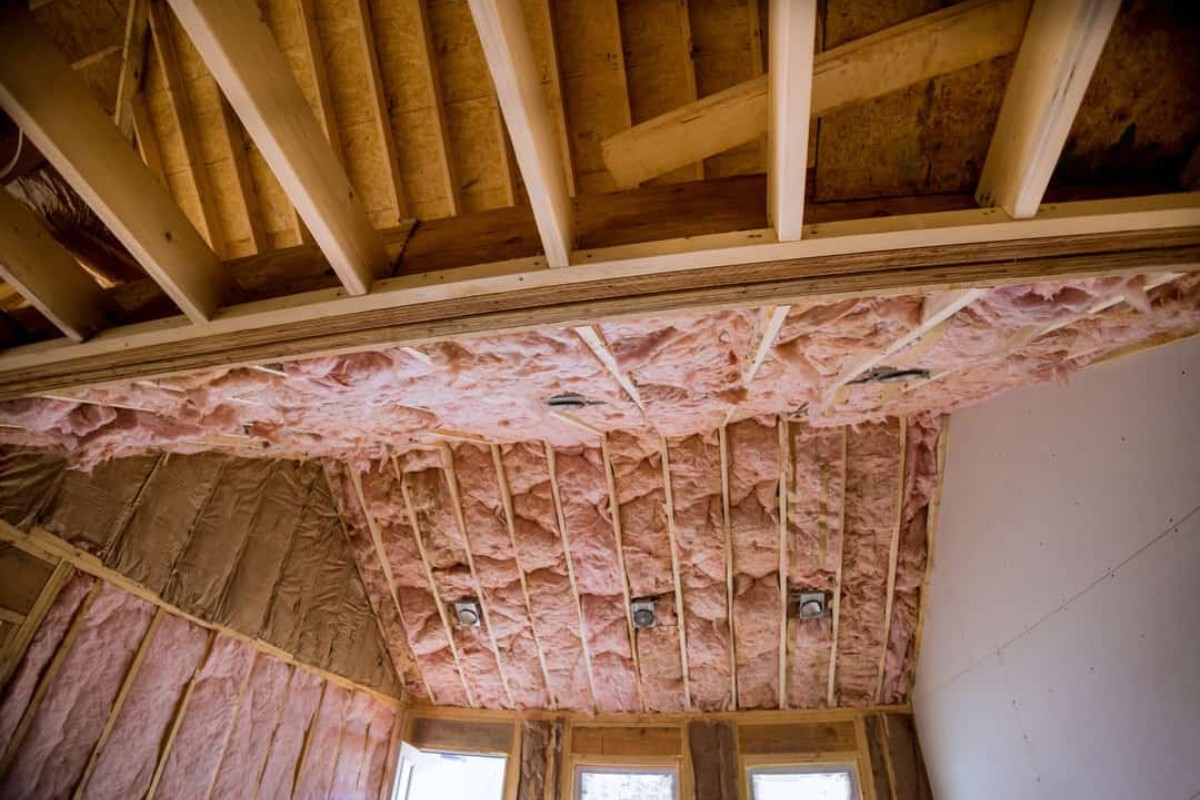

Articles
What Type Of Insulation Keeps Mice Away
Modified: December 7, 2023
Discover the best types of insulation to repel mice with our informative articles. Keep your home rodent-free with effective insulation solutions.
(Many of the links in this article redirect to a specific reviewed product. Your purchase of these products through affiliate links helps to generate commission for Storables.com, at no extra cost. Learn more)
Introduction:
Welcome to the world of insulation, where the battle against unwanted pests like mice can be just as important as keeping your space warm or cool. Mice are not only a nuisance but can also pose serious health risks and cause damage to your property. Luckily, there are types of insulation specifically designed to repel these furry intruders.
In this article, we will explore the different types of insulation that can help keep mice away, the factors to consider when choosing mouse-repellent insulation, and the benefits of using such insulation in your home or building. Whether you’re a homeowner looking to prevent rodent infestations or a property manager seeking effective pest control solutions, this article will provide valuable insights.
Understanding the behavior of mice is crucial in selecting the right insulation. Mice are small and agile creatures that can easily fit through tiny openings and navigate their way into your home or building. They are attracted to warm environments and sources of food, making cozy insulation an ideal breeding ground and nesting area for them. This is why it is essential to choose insulation that not only provides excellent thermal performance but also acts as a deterrent for mice.
In the next section, we will delve into the different types of insulation that have been proven to repel mice. From natural deterrents to advanced technology, these insulation options have been specifically formulated to keep these unwanted guests at bay. Let’s explore the options and determine which one is the best fit for your needs.
Key Takeaways:
- Choosing mouse-repellent insulation can protect your property, improve energy efficiency, and promote a healthier living environment. Consult with experts to find the best fit for your specific needs and enjoy a pest-free space.
- Mouse-repellent insulation is part of a comprehensive pest control strategy and offers peace of mind. While it doesn’t guarantee complete mouse prevention, it effectively deters mice and saves you from potential infestation headaches.
Read more: What Type Of Insulation For Walls
Understanding Mice Behavior and Insulation:
Before we dive into the types of insulation that repel mice, it’s important to understand the behavior of these furry pests and how insulation can either attract or repel them.
Mice are attracted to warm and cozy spaces, especially during colder months. They seek out sources of food, water, and shelter. Traditional insulation materials, such as fiberglass or cellulose, can provide the ideal environment for mice to nest and thrive. These materials are soft and easy to burrow into, giving mice a comfortable place to build their nests.
To deter mice, it is crucial to choose insulation materials that are less appealing to them. Some insulation options are specifically designed to repel mice by incorporating ingredients or technologies that mice find unattractive or uncomfortable.
One factor to consider when choosing mouse-repellent insulation is the scent. Mice have a strong sense of smell and are repelled by certain odors. Insulation materials that emit scents that mice dislike can be effective in keeping them away. Some common natural deterrents include peppermint, citrus, or other botanical extracts that emit strong smells that mice find unpleasant. These scents act as a repellent and discourage mice from nesting in or around the insulation.
Another factor to consider is the texture of the insulation. Mice prefer soft and cozy materials that are easy to manipulate for nesting. Insulation materials with a rough or abrasive texture can deter mice from burrowing into them. For example, some mouse-repellent insulation options incorporate additives or coatings that create a rough surface, making it uncomfortable for mice to crawl or nest.
Additionally, the density of the insulation can play a role in mouse deterrence. Mice are small and agile creatures that can squeeze through tiny openings. Therefore, it’s important to choose insulation that is dense enough to prevent mice from easily navigating through it. Dense insulation can act as a physical barrier, making it more challenging for mice to access the living spaces or structural components of your home or building.
By understanding the behavior of mice and their preferences for nesting and shelter, you can select insulation materials that are less attractive or even repulsive to them. Now that we’ve explored how mice behave and how insulation can influence their behavior, let’s move on to the different types of insulation that have been proven to keep mice away.
Types of Insulation that Repel Mice:
When it comes to keeping mice away, not all insulation is created equal. There are specific types of insulation that have been developed to repel mice and deter them from nesting or infiltrating your home or building. Let’s explore some of these mouse-repellent insulation options:
- Foam Insulation: Closed-cell spray foam insulation is known for its excellent thermal performance, but it can also serve as a deterrent for mice. The dense nature of foam insulation makes it difficult for mice to chew through or burrow into. Additionally, some foam insulation products are infused with additives that repel mice, such as botanical extracts or other natural deterrents.
- Mineral Wool Insulation: Mineral wool insulation is made from inorganic fibers and provides excellent thermal and acoustic insulation properties. This type of insulation is naturally resistant to pests, including mice. The fibers of mineral wool are abrasive, making it uncomfortable for mice to crawl through or make nests in. Its dense and compact structure also creates an effective barrier against mice.
- Cellulose Insulation with Pest Control Additives: Cellulose insulation, typically made from recycled paper or other plant-based materials, can be treated with pest control additives to repel mice. These additives are often derived from botanical extracts or essential oils that mice find unpleasant. The scent of these additives discourages mice from nesting in or around the insulation.
- Denim Insulation: Denim insulation, often made from recycled denim or cotton fibers, can act as a natural deterrent for mice. Mice are not attracted to cotton materials and may be deterred by the texture of denim insulation. Additionally, some denim insulation options are treated with additives that repel pests, further enhancing their effectiveness against mice.
It’s important to note that while these insulation options have been designed to repel mice, they are not guaranteed to completely eliminate the risk of infestation. They can significantly reduce the likelihood of mice nesting in your insulation, but other pest control measures may still be necessary to ensure a mouse-free environment.
When considering mouse-repellent insulation, it’s advisable to consult with insulation professionals or pest control experts who can provide guidance on the most suitable options for your specific needs. They can assess your property, identify potential entry points for mice, and recommend the best insulation choices to minimize the risk of infestation.
Now that we’ve explored the types of insulation that repel mice, let’s discuss the important factors to consider when choosing mouse-repellent insulation for your home or building.
Factors to Consider when Choosing Mouse-Repellent Insulation:
When selecting mouse-repellent insulation for your home or building, several important factors should be taken into consideration. These factors will help ensure that you choose the most effective insulation that meets your specific needs in deterring mice. Let’s explore these factors:
- Efficacy: Consider the effectiveness of the insulation in repelling mice. Look for insulation products that have been specifically tested and proven to deter mice. Read reviews and testimonials from other homeowners or property managers who have used the insulation to determine its efficacy.
- Material and Composition: Examine the materials used in the insulation. Choose insulation that is made from high-quality, durable, and mouse-repellent materials. Look for solutions that incorporate natural deterrents, additives, or technologies designed to repel mice.
- Installation: Consider the installation process and complexity of the insulation. Some mouse-repellent insulation options may require professional installation, while others can be installed as a DIY project. Evaluate the ease of installation and determine if you’re comfortable with the installation requirements.
- Compatibility: Ensure that the mouse-repellent insulation is compatible with your existing construction materials and insulation system. Consult with insulation professionals or experts to determine if the insulation can be seamlessly integrated into your current setup.
- Longevity: Assess the durability and longevity of the mouse-repellent insulation. Insulation that retains its repellent qualities for an extended period is ideal, as it provides long-term protection against mice. Consider the manufacturer’s warranty and any guarantees associated with the longevity of the insulation.
- Cost: Compare the cost of different mouse-repellent insulation options. Keep in mind that the initial investment in effective insulation can pay off in the long run by preventing costly damage caused by mice infestations. Consider the overall value and long-term savings that the insulation can provide.
- Professional Guidance: Seek guidance from insulation professionals or pest control experts. They can assess your specific needs, evaluate your property for potential entry points, and recommend the most suitable mouse-repellent insulation options. Their expertise can help ensure that you make an informed decision.
By considering these factors, you can make a well-informed decision when choosing mouse-repellent insulation. Remember that every property is unique, and what works for one may not necessarily work for another. Take the time to research, seek professional advice, and select the insulation that best aligns with your specific requirements.
Now that we’ve explored the important factors to consider, let’s move on to discussing the benefits of using mouse-repellent insulation in your home or building.
Seal any gaps or cracks in your home with steel wool, wire mesh, or foam insulation to keep mice out. Mice can’t chew through these materials, making them an effective barrier.
Benefits of Using Mouse-Repellent Insulation:
Choosing mouse-repellent insulation for your home or building offers a range of benefits beyond simply keeping mice away. Let’s explore the advantages of using mouse-repellent insulation:
- Prevents Infestations: The primary benefit of mouse-repellent insulation is its ability to prevent mice infestations. By deterring mice from nesting or infiltrating your insulation, you reduce the risk of them spreading throughout your property. This can save you from the headaches and expenses associated with removing mice and repairing the damage they cause.
- Protects Property and Health: Mice can cause extensive damage to insulation, wiring, furniture, and other components of your home or building. By using mouse-repellent insulation, you can safeguard against structural damage and potential fire hazards caused by chewed wires. Additionally, mice carry diseases and allergens that can pose serious health risks. Preventing mice infestations through mouse-repellent insulation helps protect the health of occupants.
- Energy Efficiency: Mouse-repellent insulation not only deters rodents but also offers excellent thermal performance. By enhancing the energy efficiency of your home or building, this insulation helps maintain comfortable indoor temperatures and reduces energy consumption. This, in turn, can lead to cost savings on heating and cooling bills.
- Eco-Friendly Solution: Many mouse-repellent insulation options utilize natural deterrents or are made from sustainable materials such as recycled denim or plant-based fibers. By choosing these eco-friendly insulation products, you contribute to reducing environmental impact and promoting sustainability.
- Pest Control Convenience: Using mouse-repellent insulation can simplify your pest control efforts. Since the insulation itself acts as a deterrent, you may need fewer traditional pest control measures to combat mice infestations. This can save you time, money, and the potential use of harmful chemicals.
- Peace of Mind: Perhaps the most significant advantage of using mouse-repellent insulation is the peace of mind it brings. Knowing that your insulation is working to keep mice away provides a sense of security and reduces worry about potential infestations. This peace of mind can contribute to a healthier and more enjoyable living or working environment.
By harnessing the benefits of mouse-repellent insulation, you can effectively protect your property, maintain a comfortable indoor environment, and reduce the risk of mouse-related issues and health hazards. Consider these advantages when making a decision about incorporating mouse-repellent insulation in your home or building.
Now that we’ve explored the benefits of using mouse-repellent insulation, let’s move on to discussing the installation and maintenance of this specialized insulation.
Read more: What Type Of Insulation For Floors
Installation and Maintenance of Mouse-Repellent Insulation:
Proper installation and maintenance of mouse-repellent insulation are crucial to ensure its effectiveness in deterring mice and maintaining its longevity. Let’s explore the installation process and key maintenance considerations for mouse-repellent insulation:
Installation:
- Consultation: Before installation, it’s advisable to consult with insulation professionals or pest control experts. They can assess your property, identify potential entry points for mice, and recommend the most appropriate mouse-repellent insulation options.
- Professional Installation: Depending on the type of insulation and complexity of the project, professional installation may be required. Insulation professionals have the knowledge, experience, and tools to ensure proper installation, maximizing the insulation’s effectiveness in repelling mice.
- Sealing and Insulating: During installation, it’s important to properly seal any gaps or cracks in your building’s walls, floors, and ceilings. This prevents mice from finding alternative entry points and nesting areas. Ensure that the insulation is evenly distributed and covers all necessary areas, providing a seamless barrier against mice.
- Follow Manufacturer’s Guidelines: It’s crucial to follow the manufacturer’s guidelines for installation. This includes understanding any specific installation techniques or recommendations for the mouse-repellent insulation you have chosen. This will help ensure that the insulation functions as intended and provides optimal mouse deterrence.
Maintenance:
- Regular Inspections: Conduct regular inspections of your mouse-repellent insulation to check for any signs of damage or potential entry points for mice. Look for any chewed areas, tears, or gaps where mice could gain access. Promptly address any issues to maintain the integrity of the insulation.
- Integrated Pest Management: Consider implementing an integrated pest management (IPM) approach to complement your mouse-repellent insulation. This may include routine inspections, sealing entry points, keeping food sources secured, and addressing any other potential attractants for mice in and around your property.
- Professional Assistance: If you suspect a mice infestation or notice any signs of damage to your insulation, seek professional assistance from pest control experts. They can assess the situation, provide proper pest control measures, and offer guidance on maintaining and reinforcing your mouse-repellent insulation.
- Replacement or Reapplication: Over time, mouse-repellent qualities of the insulation may diminish. Follow the manufacturer’s recommendations for replacement or reapplication of the insulation, ensuring that it continues to effectively repel mice. Regularly evaluate the condition of the insulation and take necessary steps to maintain its functionality.
By adhering to proper installation techniques and implementing routine maintenance, you can maximize the effectiveness of your mouse-repellent insulation. This will help ensure that it continues to deter mice and provides long-term protection against infestations.
Now that we’ve covered the installation and maintenance aspects, let’s debunk some common myths about mouse-repellent insulation.
Common Myths about Mouse-Repellent Insulation:
When it comes to mouse-repellent insulation, there are several misconceptions and myths that can cloud the understanding of its effectiveness. Let’s debunk some of the common myths surrounding mouse-repellent insulation:
- Myth 1: Mouse-repellent insulation guarantees 100% mouse prevention: While mouse-repellent insulation is designed to deter mice, it does not guarantee complete prevention. Mice are small and persistent creatures that can find alternative entry points or nesting areas. Mouse-repellent insulation is just one component in an overall pest control strategy.
- Myth 2: Mouse-repellent insulation kills mice: Mouse-repellent insulation is not intended to harm or kill mice. Its purpose is to deter mice from nesting or infiltrating the insulation. If you have a mice infestation, professional pest control measures should be implemented to address the issue.
- Myth 3: Mouse-repellent insulation is toxic to humans or pets: Mouse-repellent insulation is typically safe for humans and pets when installed and used according to manufacturer’s instructions. Most mouse-repellent insulation options use natural deterrents, botanical extracts, or essential oils that are not harmful in controlled amounts.
- Myth 4: Mouse-repellent insulation is only effective against mice: While the primary target of mouse-repellent insulation is mice, it can also deter other pests that are repelled by the same factors, such as certain insects or rodents. However, the effectiveness of mouse-repellent insulation may vary depending on the specific pest species.
- Myth 5: Mouse-repellent insulation is significantly more expensive than traditional insulation: While some mouse-repellent insulation options may be slightly more expensive than traditional insulation materials, the cost difference is often not significant. The long-term benefits of deterring mice and preventing infestations can outweigh any potential increase in upfront costs.
It’s important to have realistic expectations when using mouse-repellent insulation. Understanding its limitations and utilizing it as part of an integrated pest management approach will yield the best results in deterring mice and maintaining a mouse-free environment.
Now that we’ve debunked some common myths, let’s conclude our discussion on the benefits and importance of mouse-repellent insulation.
Conclusion:
Mouse-repellent insulation offers an effective solution for keeping mice away from your home or building. Understanding mice behavior and selecting the right type of insulation can play a crucial role in deterring these pests. Through the use of mouse-repellent insulation, you can protect your property, maintain a comfortable indoor environment, and promote a healthier living or working space.
When choosing mouse-repellent insulation, consider factors such as efficacy, material composition, installation requirements, and compatibility with your existing insulation system. It’s important to consult with insulation professionals or pest control experts who can provide guidance tailored to your specific needs.
The benefits of using mouse-repellent insulation go beyond preventing infestations. It helps protect your property from damage, reduces the risk of health hazards, improves energy efficiency, and offers peace of mind. By using eco-friendly solutions and implementing integrated pest management practices, you can further enhance the effectiveness of your mouse-repellent insulation.
Remember that mouse-repellent insulation does not guarantee complete mouse prevention, and it is not designed to harm or kill mice. It is part of a comprehensive pest control strategy that may include sealing entry points, regular inspections, and prompt professional assistance when needed.
As you explore the options for mouse-repellent insulation, be aware of common myths surrounding its effectiveness and cost. Understanding the realities of mouse-repellent insulation can guide your decision-making process and help you set realistic expectations.
In conclusion, by choosing and properly maintaining mouse-repellent insulation, you can effectively deter mice, protect your property, and create a comfortable, pest-free environment. Investing in the right insulation now can save you from the headaches and expenses associated with mice infestations in the future.
So, make an informed choice, consult with the experts, and enjoy the benefits of a mouse-repellent insulated space. Stay cozy, stay protected, and keep those unwanted mice at bay!
Frequently Asked Questions about What Type Of Insulation Keeps Mice Away
Was this page helpful?
At Storables.com, we guarantee accurate and reliable information. Our content, validated by Expert Board Contributors, is crafted following stringent Editorial Policies. We're committed to providing you with well-researched, expert-backed insights for all your informational needs.
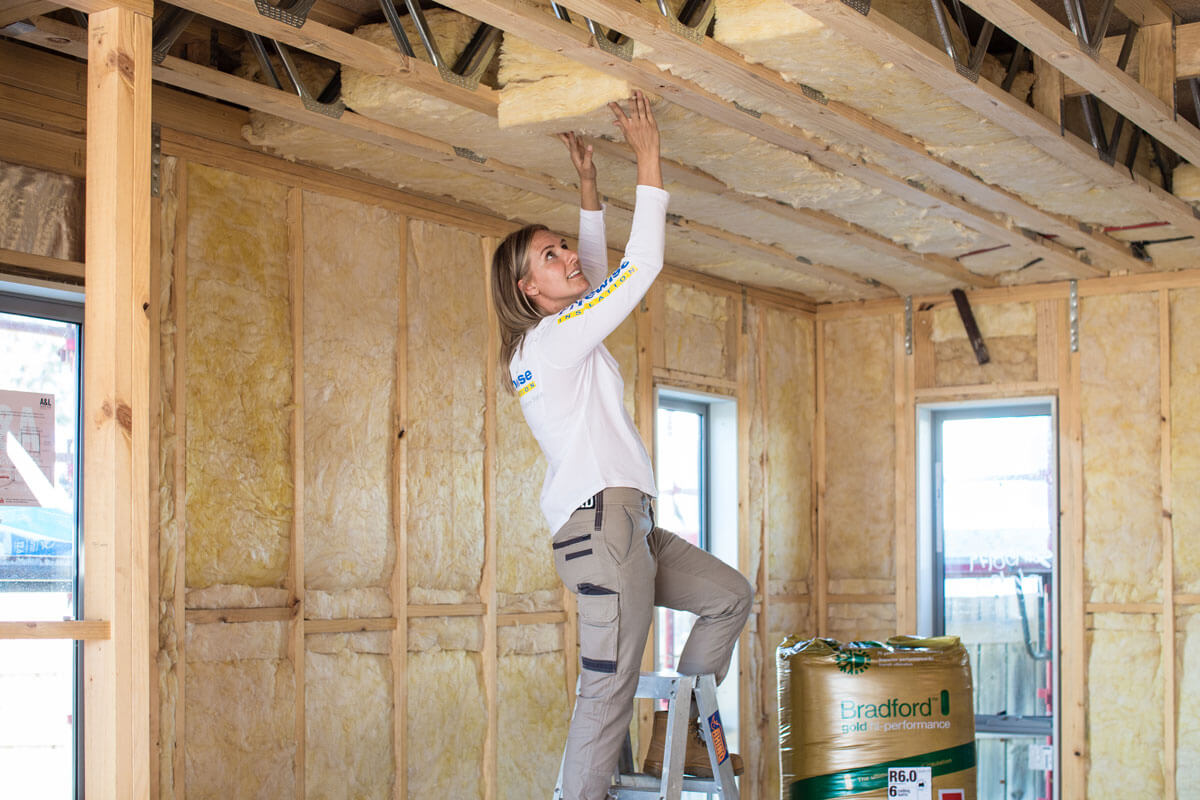
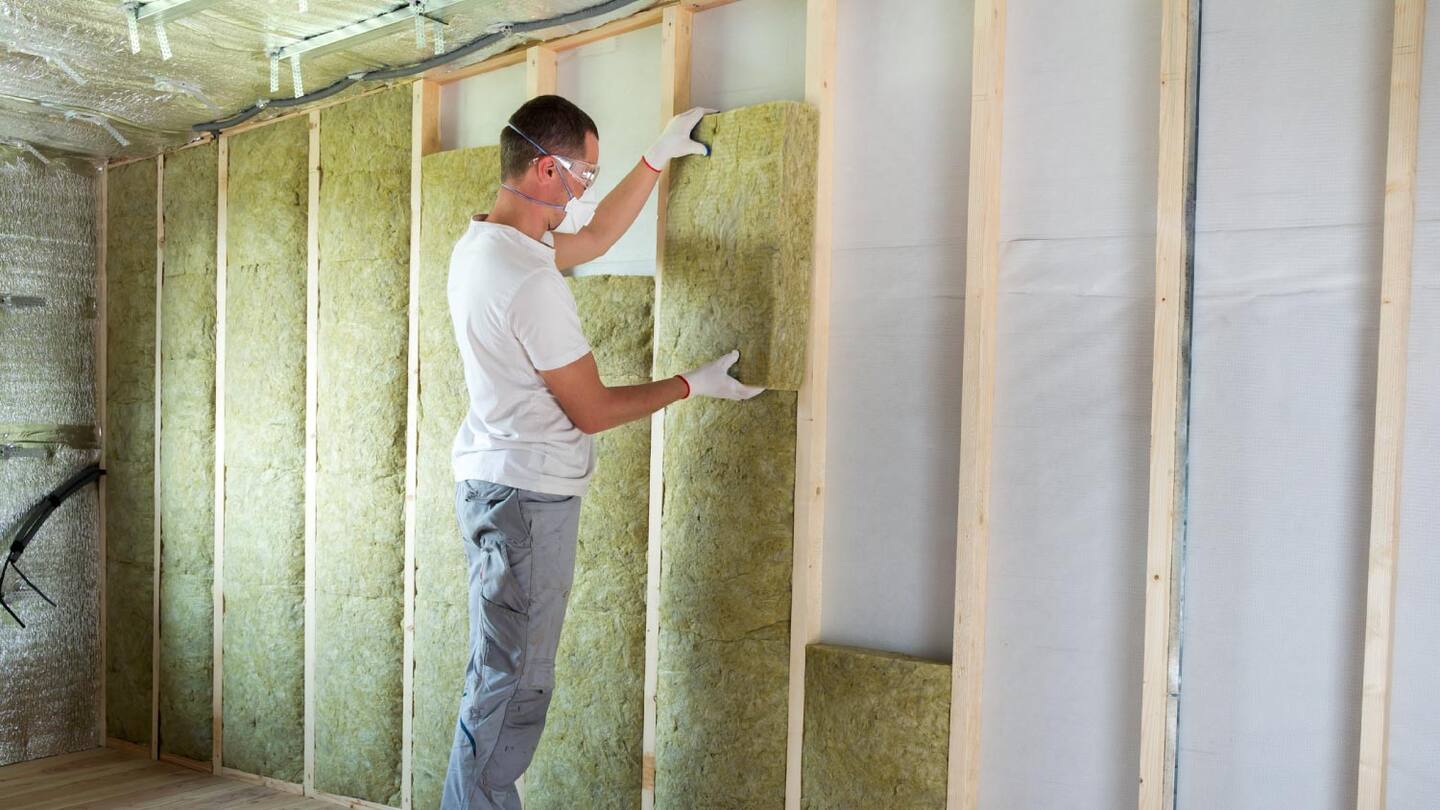
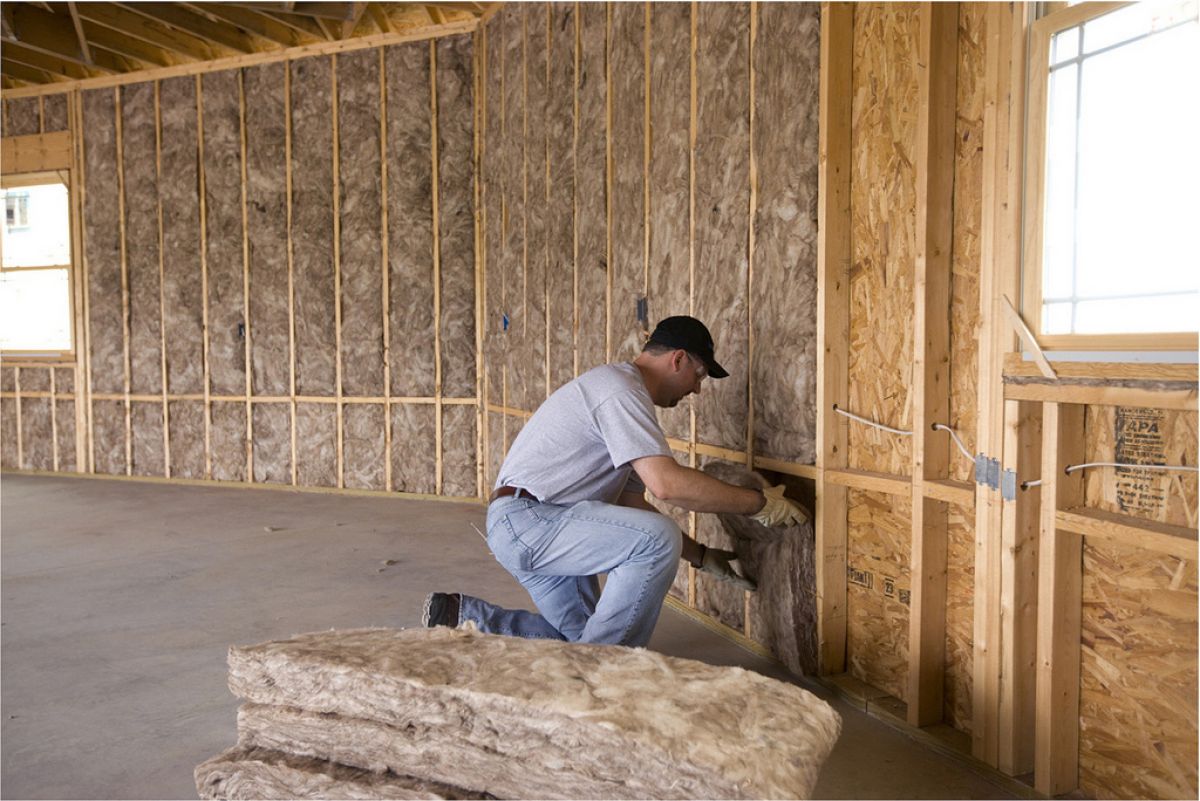

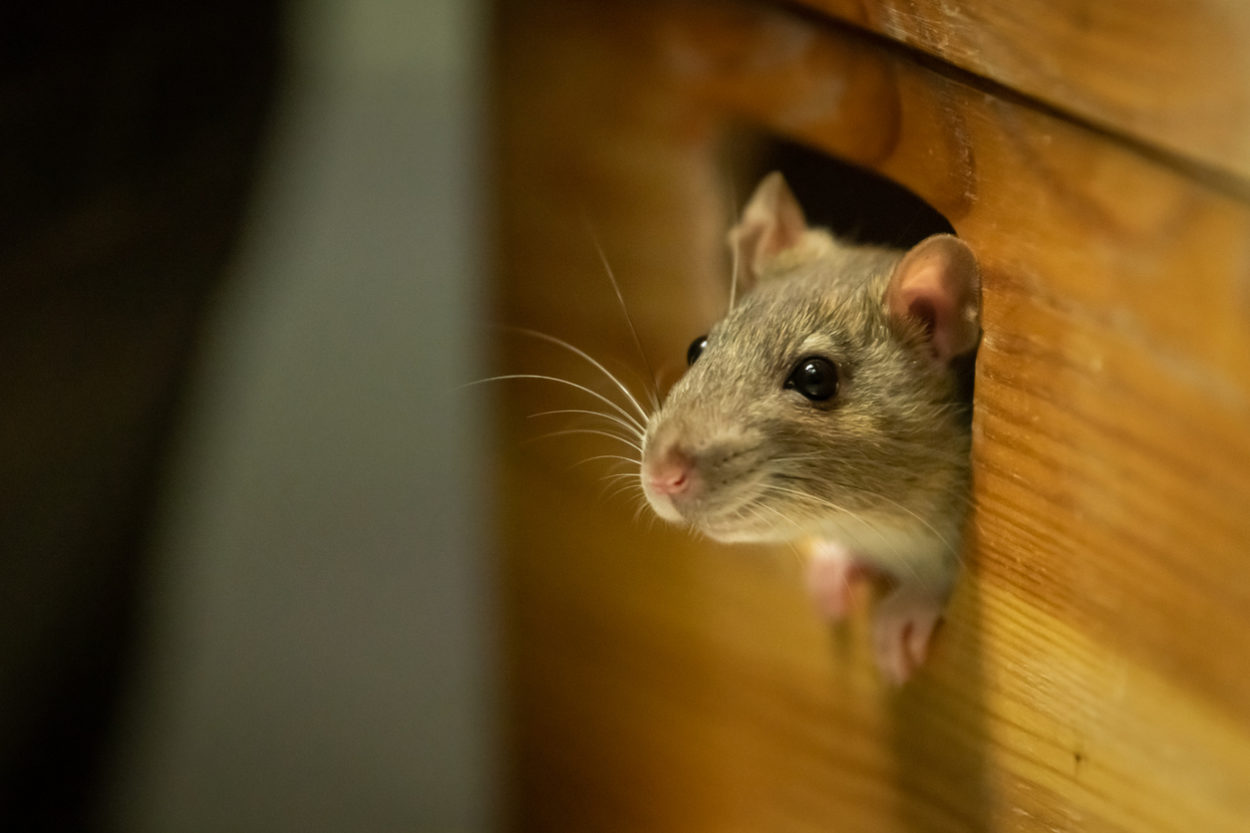

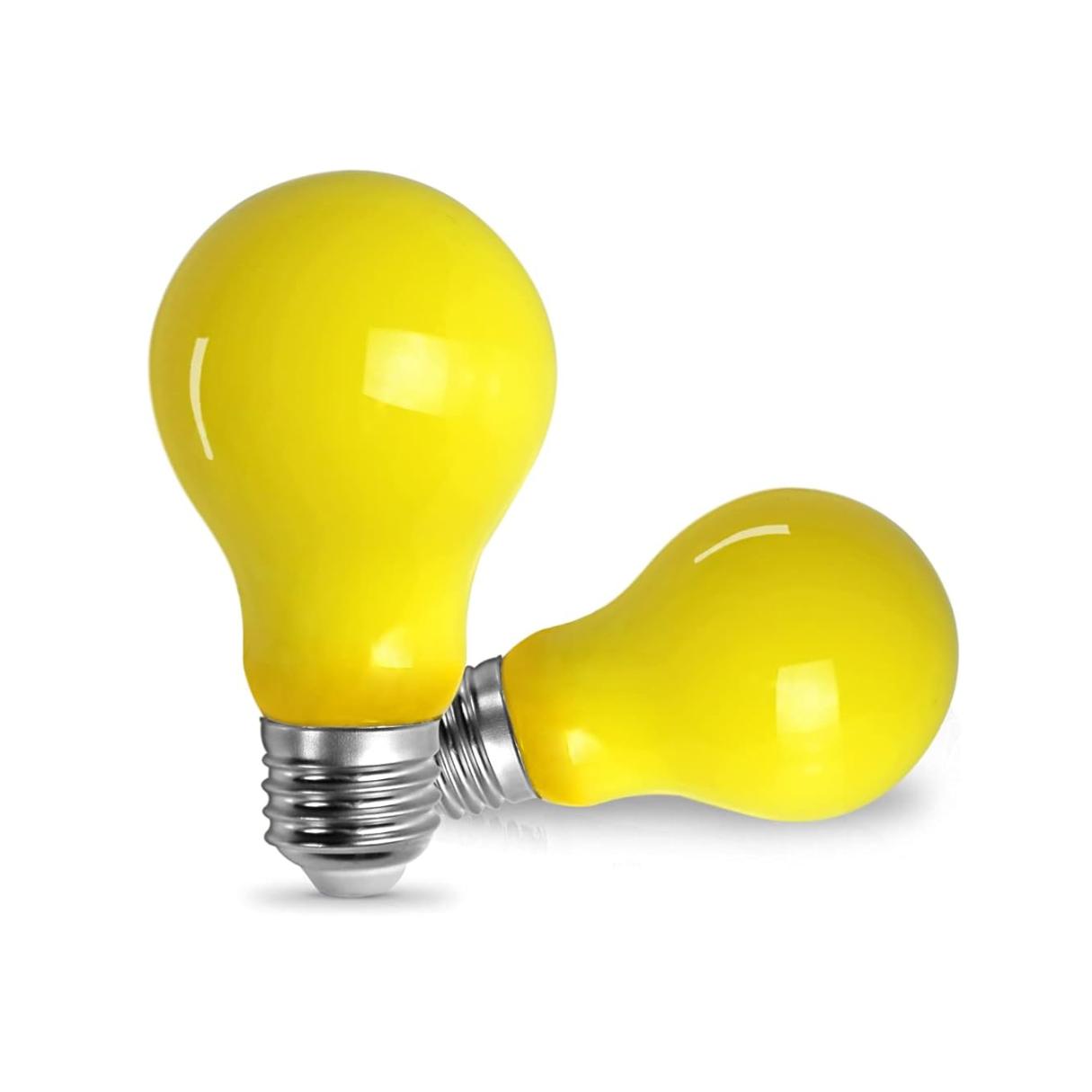

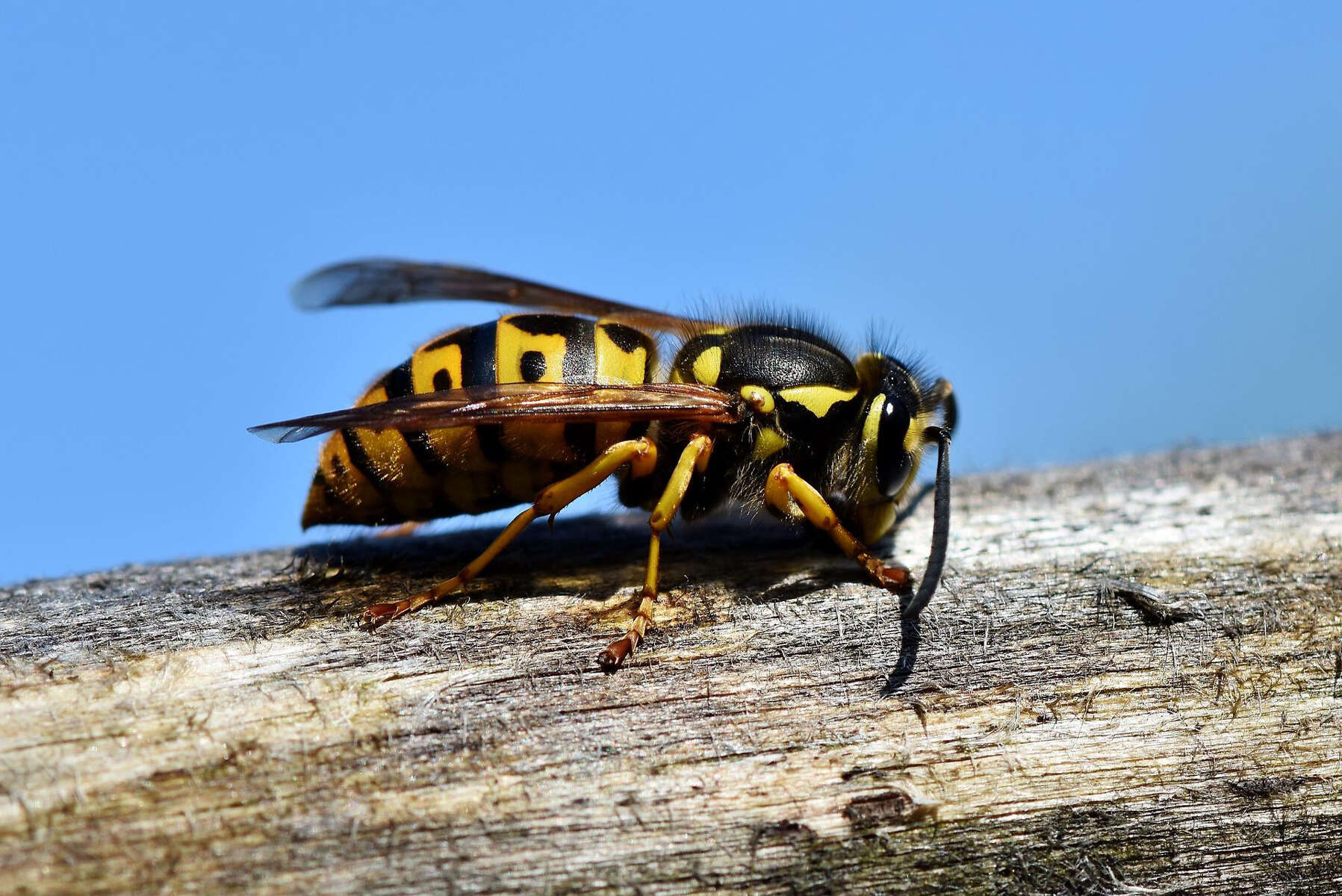
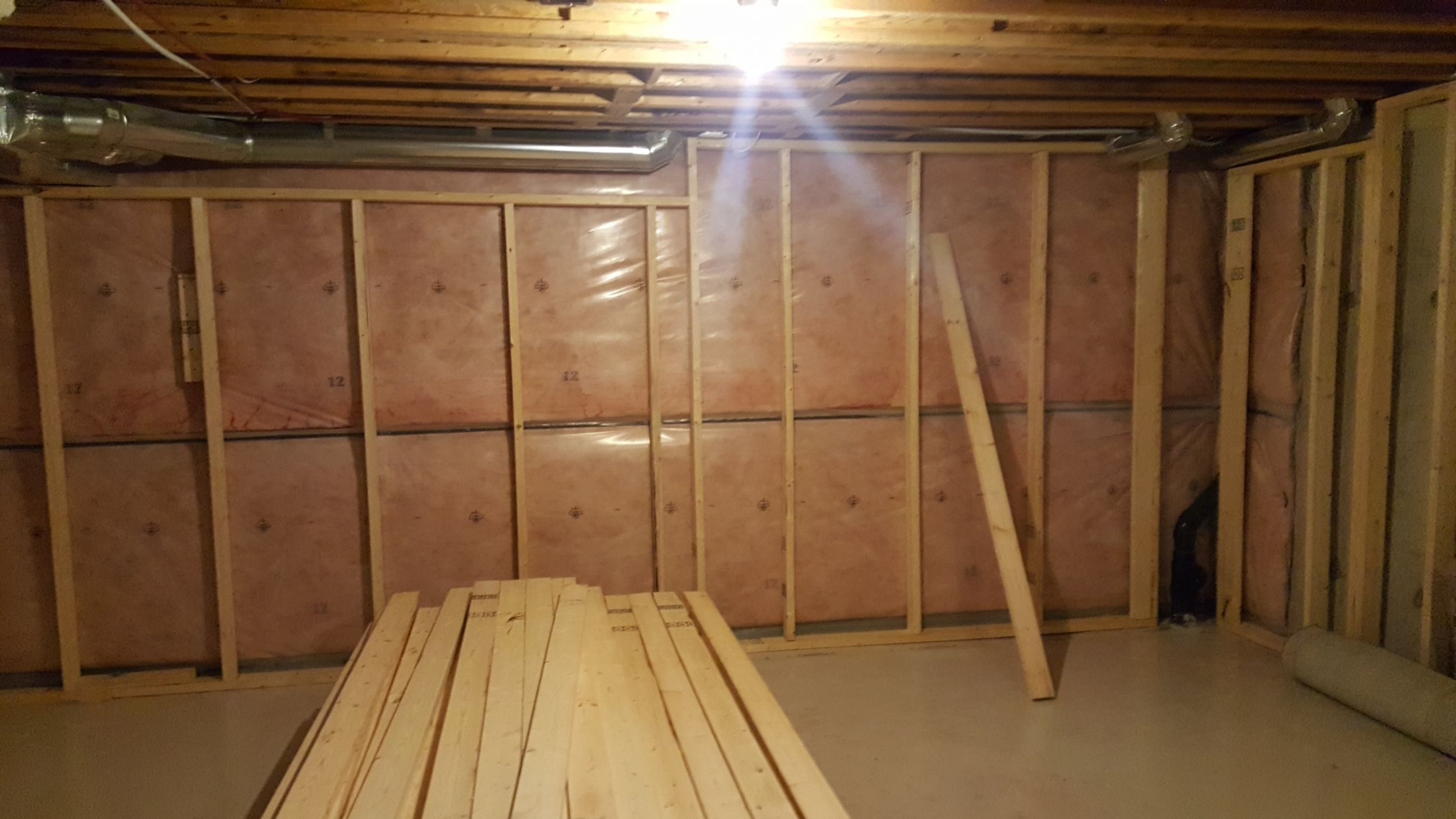
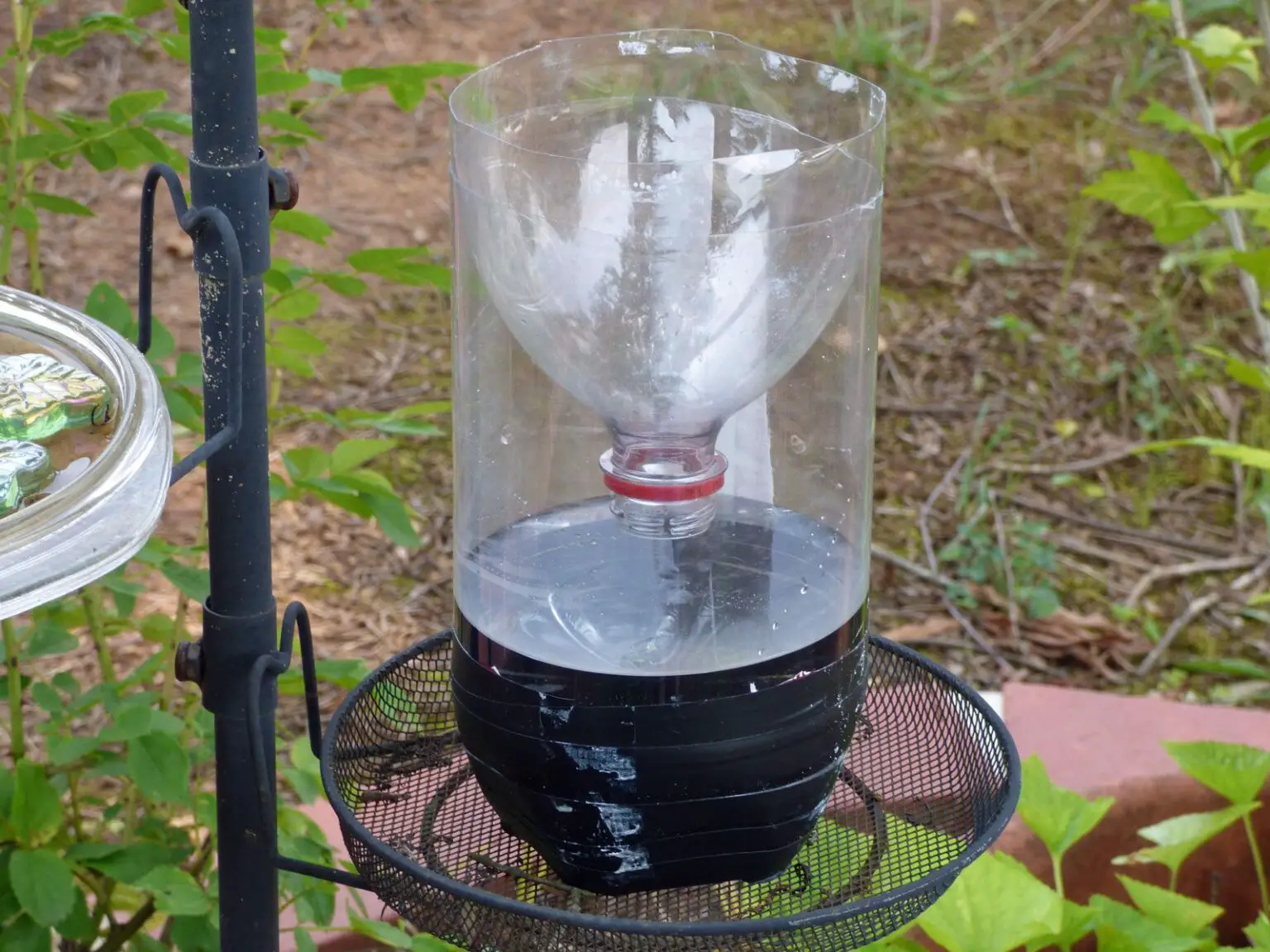


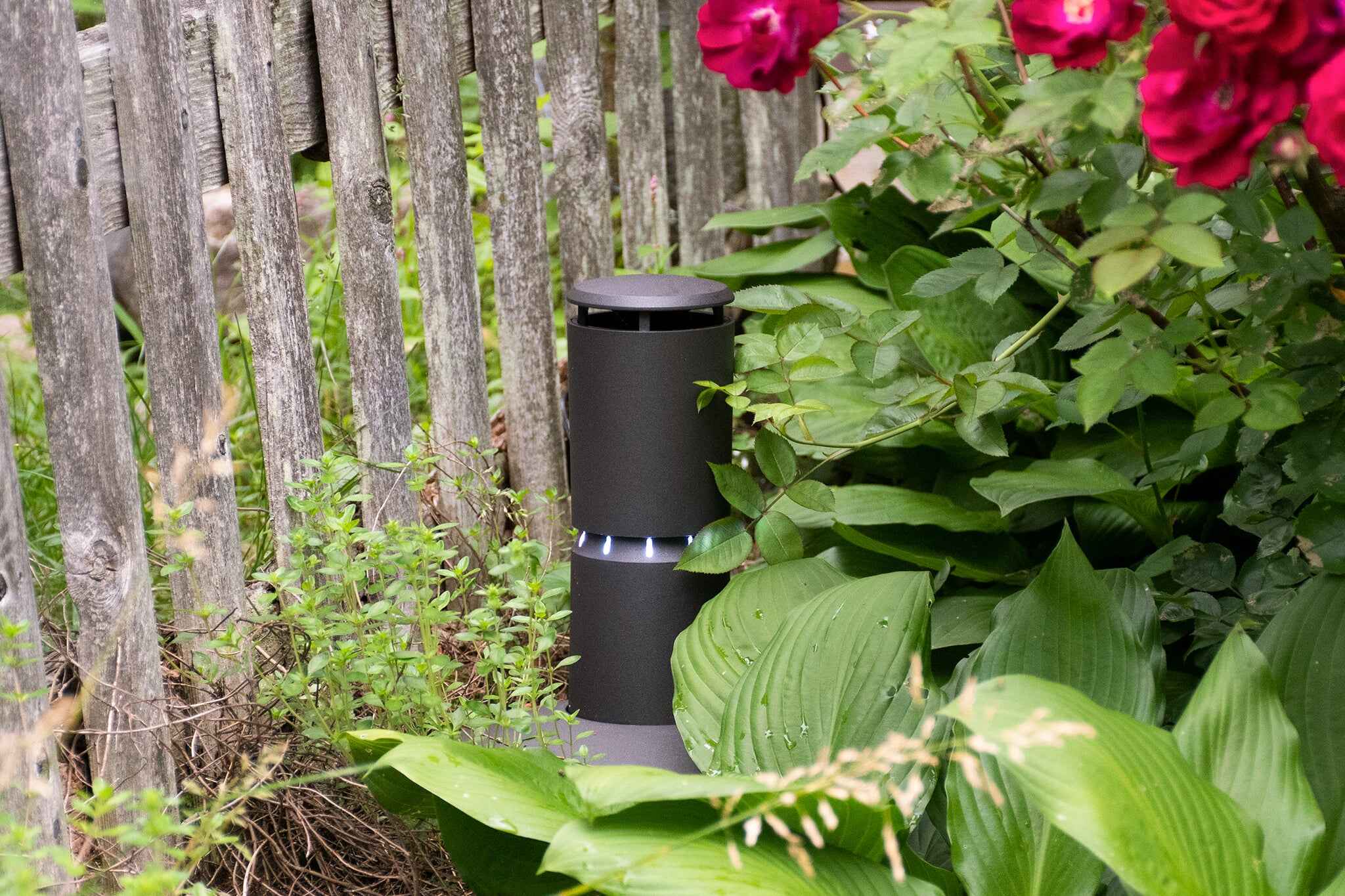

0 thoughts on “What Type Of Insulation Keeps Mice Away”